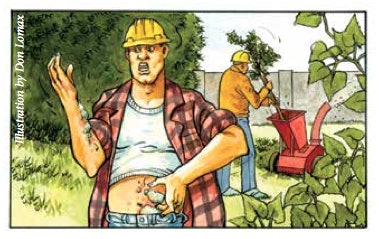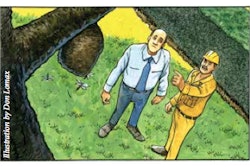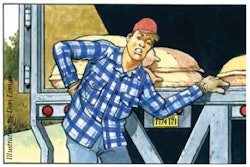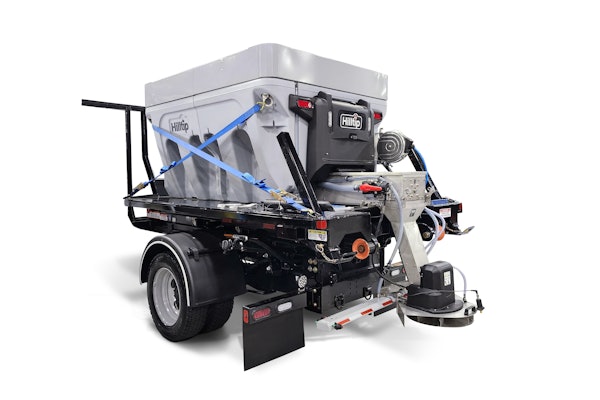
What the expert says: Learn to recognize poison ivy and poison oak, and if their resin gets on your skin, wash it off with a soap-and-water solution within 20 minutes, says Dr. Michael Zimring, director of the Center for Wilderness and Travel Medicine at Boston’s Mercy Medical Center. Unless you’re highly sensitive to the plants, you won’t have a reaction if you do this.
The leaves of poison ivy and poison oak grow in clusters of three. Poison ivy is a vine that climbs or grows along the ground, while poison oak is a shrub. To avoid allergic reactions, wear pants, long sleeves, and gloves, and tuck your pants into your boots or socks and your sleeves into your gloves when necessary.
You can develop an allergy at any point, so don’t assume you won’t have a reaction just because you haven’t in the past, says Jennifer Hillmer, a land steward with The Holden Arboretum in Kirtland, Ohio. Treat a minor breakout with over-the-counter steroid creams; see a doctor if you experience a severe reaction such as swelling or difficulty breathing. Don’t burn poison ivy or poison oak as inhaling the resins can cause severe reactions even in people far from the site.
Some members of the parsley family such as giant hogweed can cause photodermatitis in which skin exposed to their sap and then to sunlight develops severe blisters and dark scars, Hillmer says. The sap also can cause temporary or permanent blindness.
Designated a federal noxious weed, giant hogweed – a tall plant with purple-spotted stems and dome-shaped clusters of small white flowers – was introduced to the United States as an ornamental plant and might be growing on clients’ properties. Because its hollow stalks make excellent toy telescopes, children are likely to place them near their eyes. So be sure to dispose of cuttings properly. If you will be mowing or using a line trimmer in an area where these plants grow, wear a face shield in addition to covering the rest of your skin. “You’re pretty much chopping them up into a nice, juicy salad that’s getting all over you,” Hillmer says.









